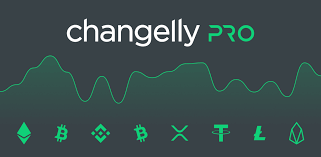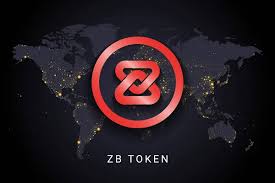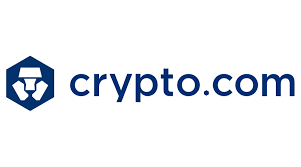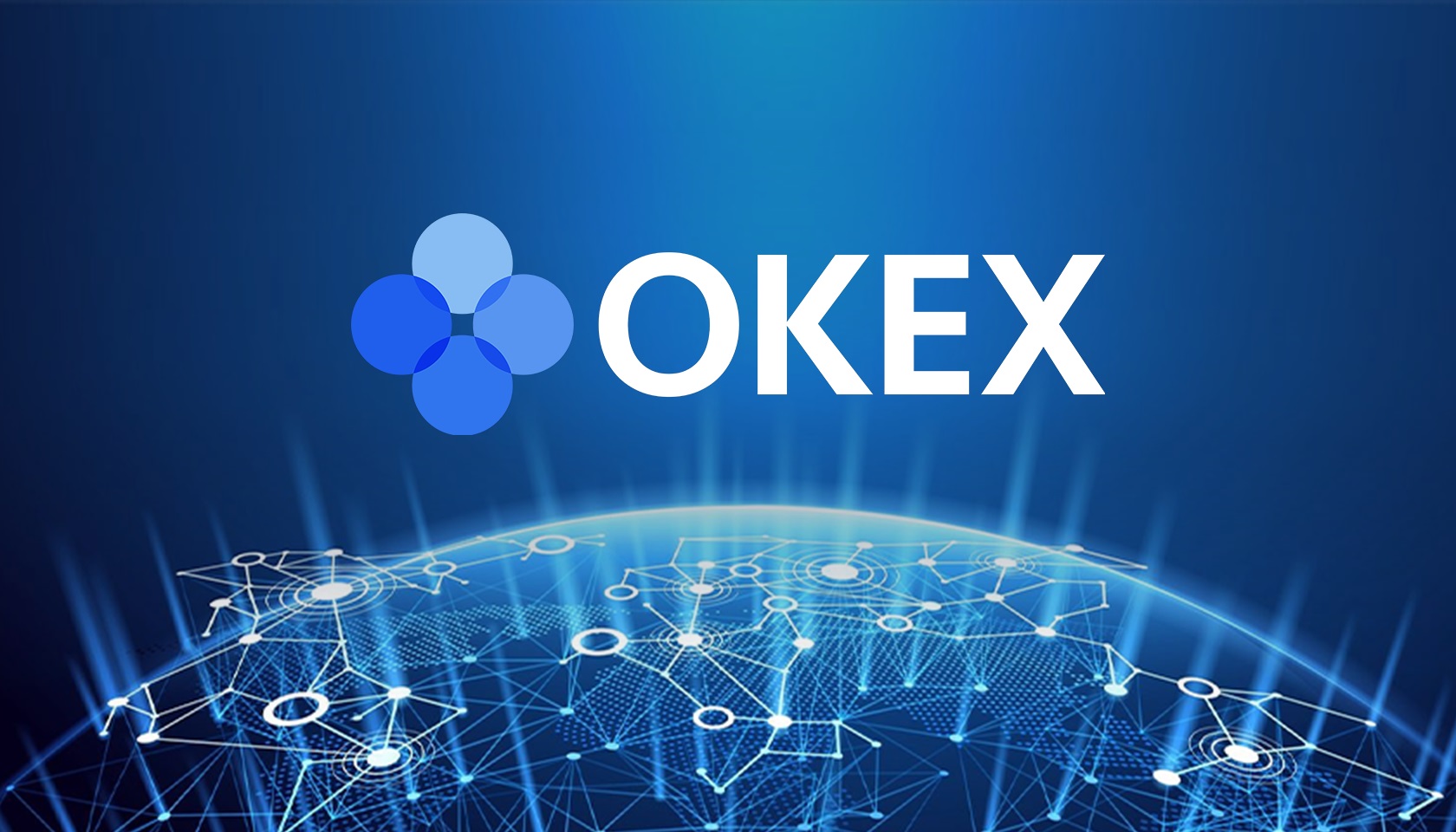The history of Nexus is a monument to ingenuity, foresight, and tireless pursuit of both decentralization and quantum resilience in the ever-evolving world of blockchain technology. Decentralization and quantum resistance are given top priority in the blockchain platform and cryptocurrency Nexus. It uses post-quantum cryptography and three-dimensional chain architecture to increase security and scalability, supporting a vibrant community. This thorough investigation looks deeply into Nexus’s fascinating journey, documenting its beginnings, historic turning points, distinctive characteristics, and potential to completely reimagine the security and scalability of blockchain networks.
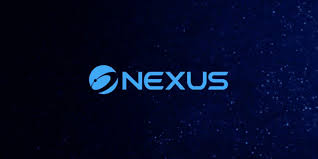
Genesis and the visionary dream
Colin Cantrell, a visionary thinker who desired to build a fully decentralized and secure blockchain network, is where the story of Nexus first began. Cantrell established Nexus in 2014 to address the shortcomings and weaknesses of current blockchain technologies.
Three-dimensional blockchain
The Three-Dimensional Chain (3DC), a revolutionary blockchain architecture created to improve scalability, security, and decentralization, is at the core of Nexus’ invention. Three separate chains—Prime, Hash, and Nexus—are introduced by 3DC, each optimized for a particular role to improve resource allocation and transaction processing.
Quantum resistance and post-quantum cryptography
One of this crypto’s distinguishing characteristics is its focus on quantum resistance and post-quantum cryptography. To protect the network from potential threats, Nexus became an early supporter of post-quantum cryptographic algorithms after realizing the looming influence of quantum computing on encryption.
Tritium nexus protocol
The Tritium protocol’s debut was a significant turning point in this platform’s history. Tritium provided several advances that promoted flexibility and adaptability, such as improved transaction processing, modular development, and the integration of the Lower Level Library (LLL).
Satellite and ground-based mesh networks
By launching the Nexus Earth satellite, the crypto went beyond the digital sphere. Decentralized internet access and increased accessibility to the world’s networks were the goals of this program. Nexus also investigated the idea of ground-based mesh networks, reiterating its dedication to decentralization.
Important milestones
Some of the important milestones include:
Genesis and Nexus white paper (2014)
Nexus’ adventure began with the publication of its white paper, which outlined a vision for a blockchain that could withstand quantum errors.
Introduction of the Nexus network in 2015
The introduction of the platform’s network signaled the project’s debut in the blockchain industry.
Implementation of the tritium protocol in 2019
For this crypto, the Tritium protocol’s implementation represented a significant technological accomplishment.
Quantum resistant ledger (QRL)
Nexus unveiled the Quantum Resistant Ledger (QRL), a joint endeavor to enhance quantum-resistant encryption and advance safe blockchain networks.
Partnerships and collaborations
To progress its research on quantum resistance and raise awareness of the value of secure cryptography, this crypto formed partnerships with organizations, academic institutions, and business leaders.
Challenges and forward motion
Nexus has faced some obstacles along the way, including significant technology issues and legal restrictions. The project’s capacity to overcome these challenges demonstrates its tenacity and tenacity.
Upgrades for the tritium continuum and amine
Nexus continued its technological development with the Tritium Continuum upgrade, which was built on the Tritium protocol’s framework. The following Amine upgrade further streamlined transaction processing, boosting user experience and network speed. This upgrade gave the network increased scalability, efficiency, and security.
Initiatives in decentralized finance (DeFi)
This crypto entered the field of Decentralized Finance (DeFi) with projects like the Tritium Swap Decentralized Exchange (DEX). This action demonstrated Nexus’ flexibility and importance in the quickly expanding DeFi ecosystem.
Community-driven development
The thriving community surrounding this cryptocurrency has been essential to the company’s growth. Members of the community actively participate in governance, make contributions to development, and raise awareness, encouraging a cooperative environment.
Quantum resistance research
Nexus leads quantum resistance research, collaborating with experts to develop cryptographic solutions resilient to quantum computing’s potential threats.
Eco-friendly initiatives
To lessen the carbon footprint connected to blockchain technology, this platform has investigated energy-efficient consensus techniques. This dedication to sustainability is consistent with the project’s commitment to ethical innovation.
Prospects
Nexus’ plan calls for more protocol improvements, more study into quantum resistance, and the pursuit of real-world uses for blockchain technology.
You can also find these articles helpful
Is It Profitable to Trade Nexus?
Advantages and disadvantages of Nexus
Is It Profitable to Mine FedoraCoin’s Cryptocurrency?


